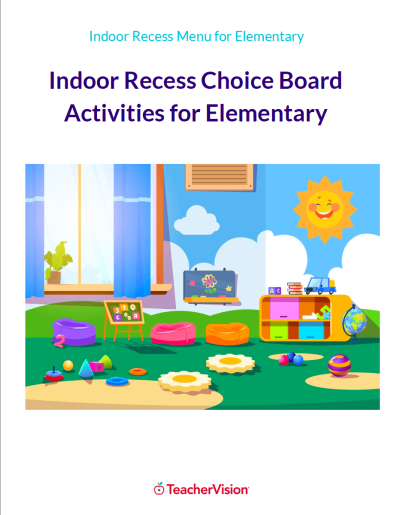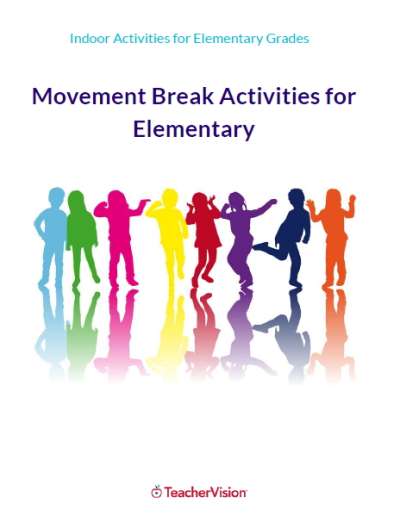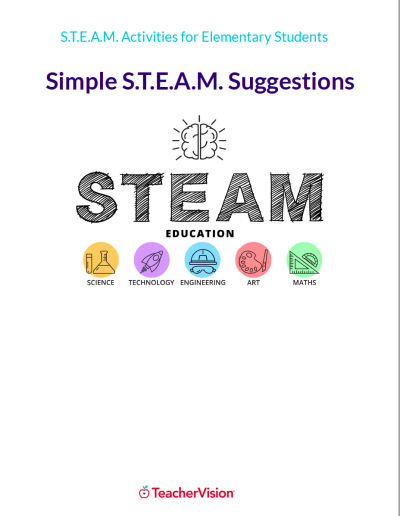Objectives
- Students will use vocabulary related to plant pollination.
- Students will learn why some plants have flowers.
Materials
- Flower Power Crossword Puzzle worksheet
- Access to the Internet for students to do research on flowering and pollination
Procedures
- Introduce key vocabulary: fertilize, habitat, nectar, ovary, pistil, pollen, pollinate, sepal, stamen, stigma.
- Have students read the intro paragraphs of the Flower Power Crossword Puzzle worksheet.
- If necessary, allow students use the Internet to find information on why plans have flowers. If you have already covered this with your science lesson, have them complete the activity worksheet.
- On the back of the worksheet, have students draw a diagram showing the parts of a flower and write a brief description about each part's job during pollination.
- Have students work individually or with partners.
- Invite students to share their discoveries and diagrams in a class discussion.
Assessment
Use students' activity worksheets, flower diagrams, and participation in the class discussion to assess their understanding of the topic.
Standards Correlations
National Science Standards
- Students develop understanding that each plant or animal has different structures that serve different functions in growth, survival, and reproduction.
- Students develop understanding that plants and animals progress through life cycles of birth, growth and development, reproduction, and death.
- Students develop understanding that many characteristics of an organism are inherited from the parents of the organism.
National Educational Technology Standards
- Students use technology resources for solving problems and making informed decisions.
- Students develop positive attitudes toward technology uses that support lifelong learning, collaboration, personal pursuits, and productivity.
Students discover how flowers get a little help from birds and insects to transfer pollen between them to form seeds and produce new plants.



